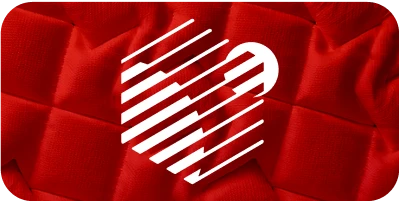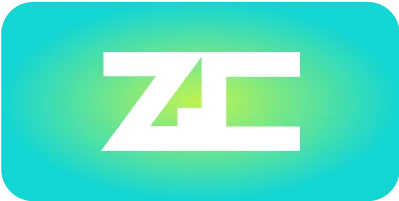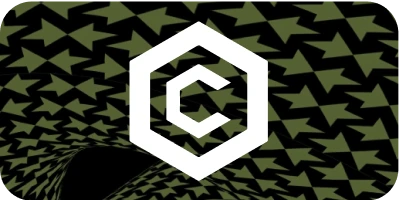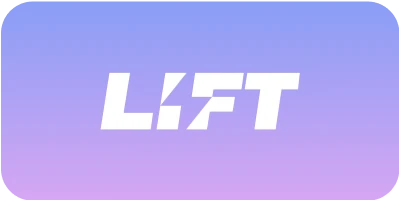

An ever-expanding, verifiable network of blockchains, powered by ZKsync
A network of 20+ ZK Chains
ZK Chains are high performance, verifiable, modular rollups and validiums powered by ZKsync. United in an elastic network, ZK Chains can be added or expanded to handle increased transaction volume without affecting costs or hardware requirements for verification.
Sharing users and liquidity
ZK Chains provide native, frictionless interoperability presented in a consistent and easy-to-use interface. This enables trustless communication and asset transfers between chains leveraging the full range of users and liquidity across the entire ZK Chain ecosystem.Unlike traditional, centralized solutions, this protocol relies solely on cryptography for security.


With the very best UX
ZKsync offers secure one-tap onboarding via FacelD/Passkeys, eliminating the need for seed phrases and reducing the risk of hacks. By automatically creating modular smart accounts at the protocol level, ZKsync enables a delightful, customizable UX, allowing users to seamlessly access all ZK Chains with what feels like a single account directly from their application.

Ready to join the Elastic Network?
Build and deploy your app or ZK Chain in minutes with familiar EVM code that works just like you'd expect it to.






























